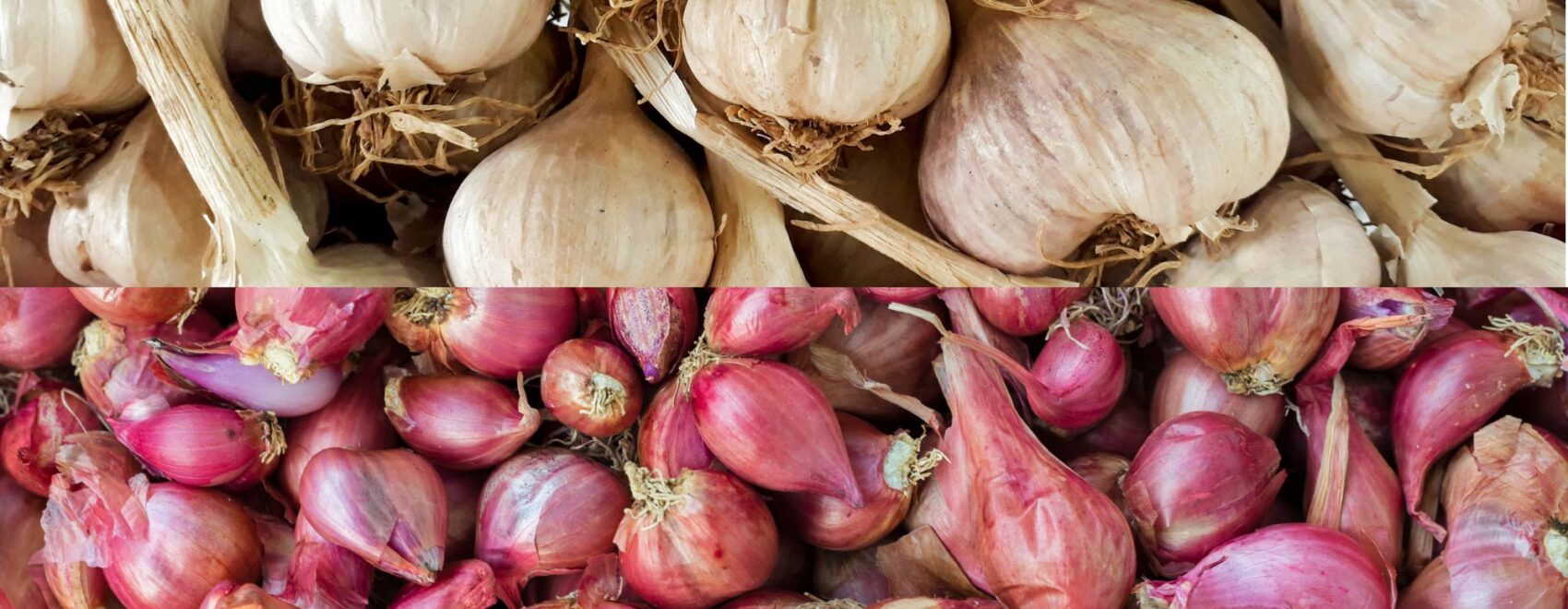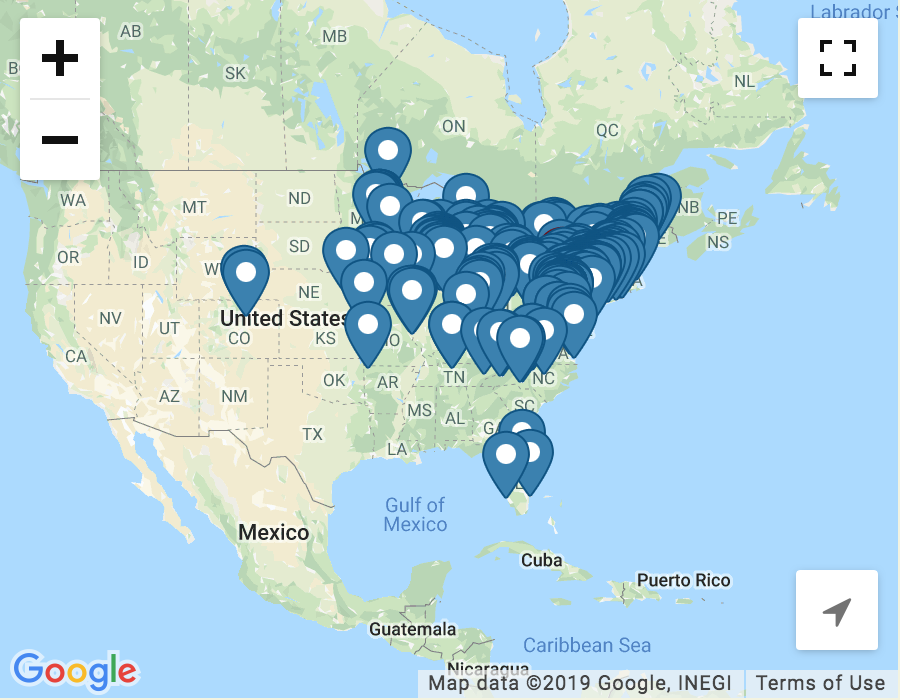Tomatoes and corn may be the darlings of the vegetable garden, but it’s the alliums that are the garden’s culinary workhorses. They’re used most every day in our kitchens! And while you can grab bags of different types for cheap at the market, growing your own is easy. All that’s required is good soil preparation and some patience.
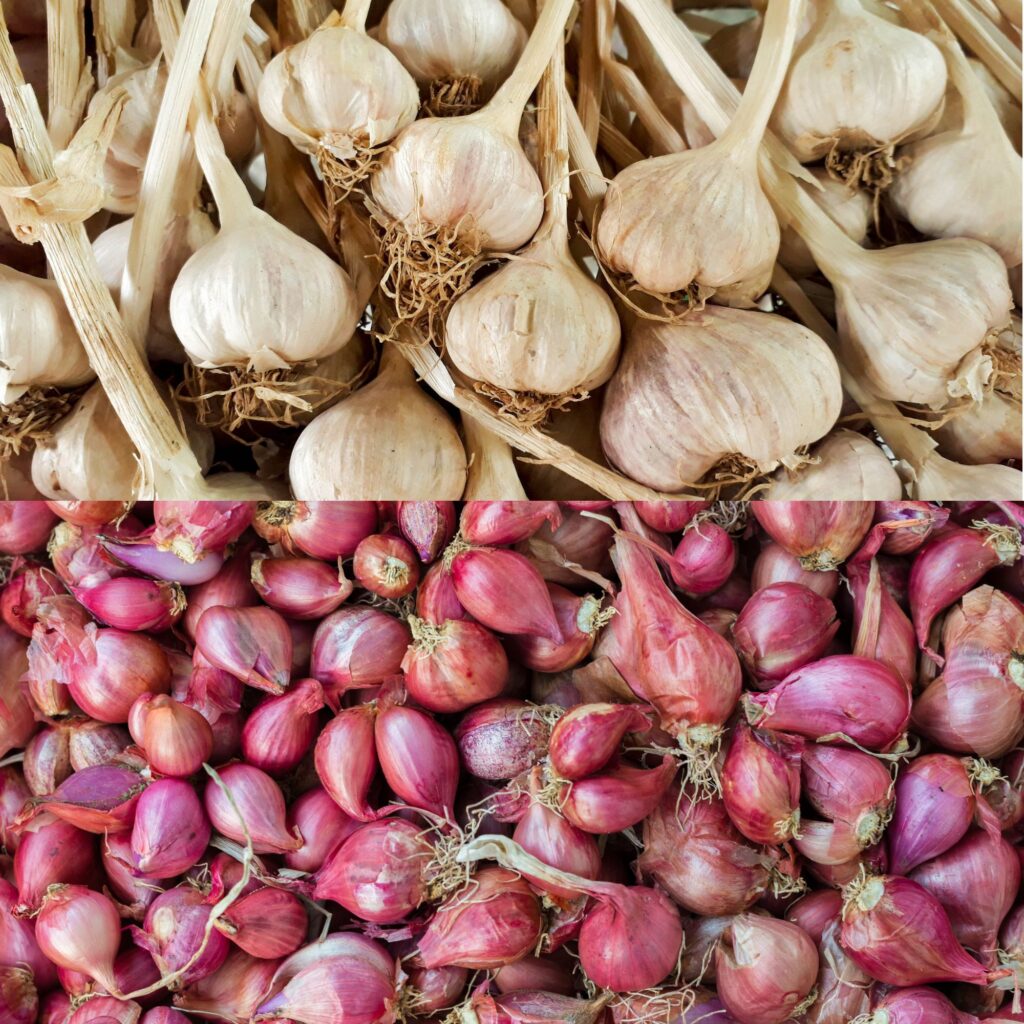
Two types of alliums are excellent choices for planting in the fall. As the days become shorter and the temps grow cool, it’s time to plant your garlic and shallots for harvesting next spring and early summer.
Why Plant Garlic and Shallots in the Fall?
It turns out both garlic and shallots require a long time to grow and develop best under cool conditions. This places the ideal planting time squarely in the fall season. Once planted the bulbs still have some time to establish a good root system before the soil around it becomes cold. Establishing roots prior to chilling out for the winter is important for their survival through the season, and key in the bulbs growing and thriving once temperatures begin to creep upward.
Speaking of “chilling out,” winter’s cold temperatures are a requirement for garlic bulbs to form cloves and for shallots to start growing in the spring. This cold requirement is easily met when you plant your garlic and shallots in October through November. It also ensures your crops will take advantage of any warm early spring days, adding to the bulbs’ flavor and size.
Preparing the Soil for Garlic and Shallots
Creating a well-draining, fertile soil. A planting bed that is rich in organic matter provides the perfect balance of drainage and moisture. When prepping the planting area, blend some compost into the soil or lay down our Planting Mix Compost Blend. This helps create a somewhat fluffy soil with plenty of pockets for air, water and beneficial soil microbes that enhance the root zone.
Adding Biochar Blend. Our Biochar Blend is packed with all the good things that help roots grow and plants thrive. Biochar itself is highly porous carbon. Adding it to crop-producing soils helps to boost growth and yield. It does this by essentially acting as “apartments” in which soil microbes can live their best lives—and that means breaking down organic matter and producing nutrients that roots can easily take up to feed the rest of the plant. That same porous structure also holds onto water, making it available to plant roots instead of leaching away. And because its porous structure is so durable, biochar will remain in the soil for decades. Adding Biochar Blend is the best way for your garlic and shallot planting bed to produce bigger and more flavorful bulbs. Learn more about biochar HERE.
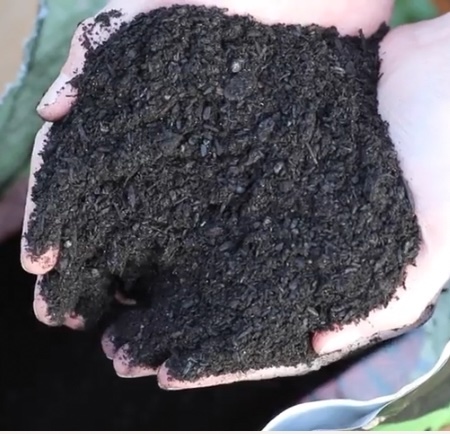
Planting Garlic and Shallots
Now comes the fun part—digging and planting!
For garlic, the bulb or head will have many individual cloves. Break those apart, keeping the skins on the cloves. Dig holes or a trench and place the cloves pointy end up, each clove about 6 inches apart. In warmer climates, the hole or trench can be more shallow, about 2 inches deep, while in cooler climates such as the Mid-Atlantic and further north, it should be about 3-4 inches deep. If planting multiple rows, space them 12 inches apart. Apply a balanced fertilizer just after planting and water them thoroughly. Top the planting beds with 4-6 inches of mulch to protect them from harsh winter temperatures. Once the worst of winter is over, remove the mulch to give the bulbs a chance to sprout.
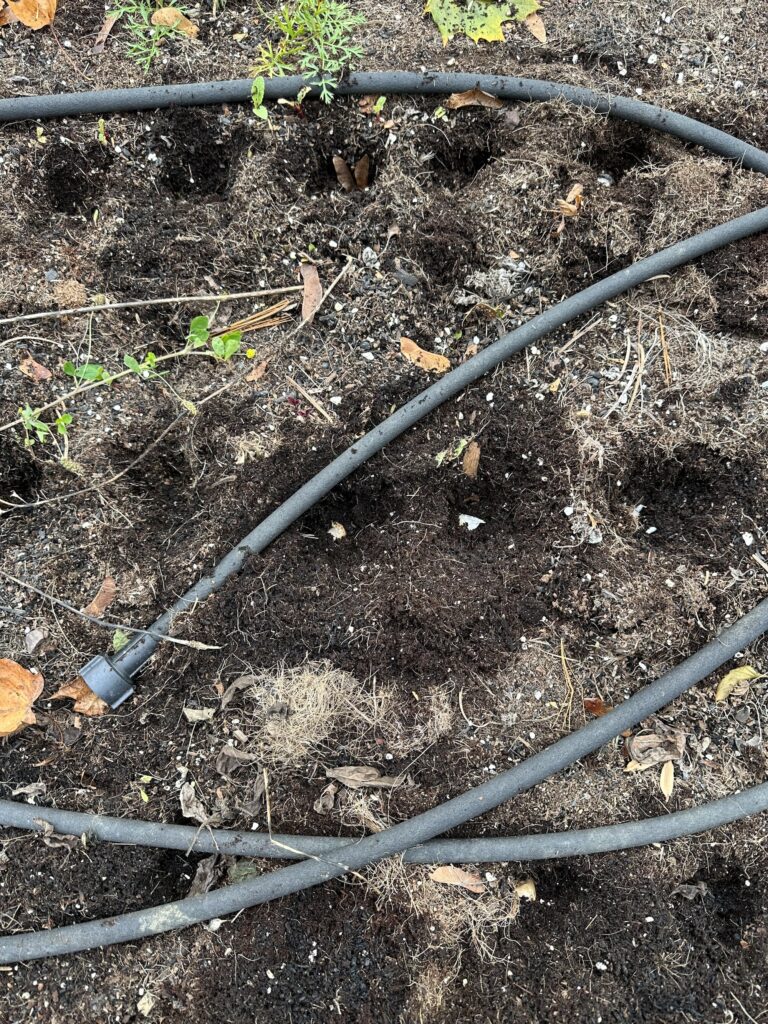
For shallots, the planting is similar at a 6 to 8-inch spacing, and rows 12” apart. They grow a little be wider, so need the extra room. Also, plant them right side up as you would garlic, but just deep enough to cover the tops of the bulbs with soil, and then water lightly. Do not apply mulch, as the emerging leaves are not strong enough to push through the covering in the spring. As for fertilizer, wait until spring to add composted manure or a well-balanced fertilizer just before the bulbs begin to emerge.
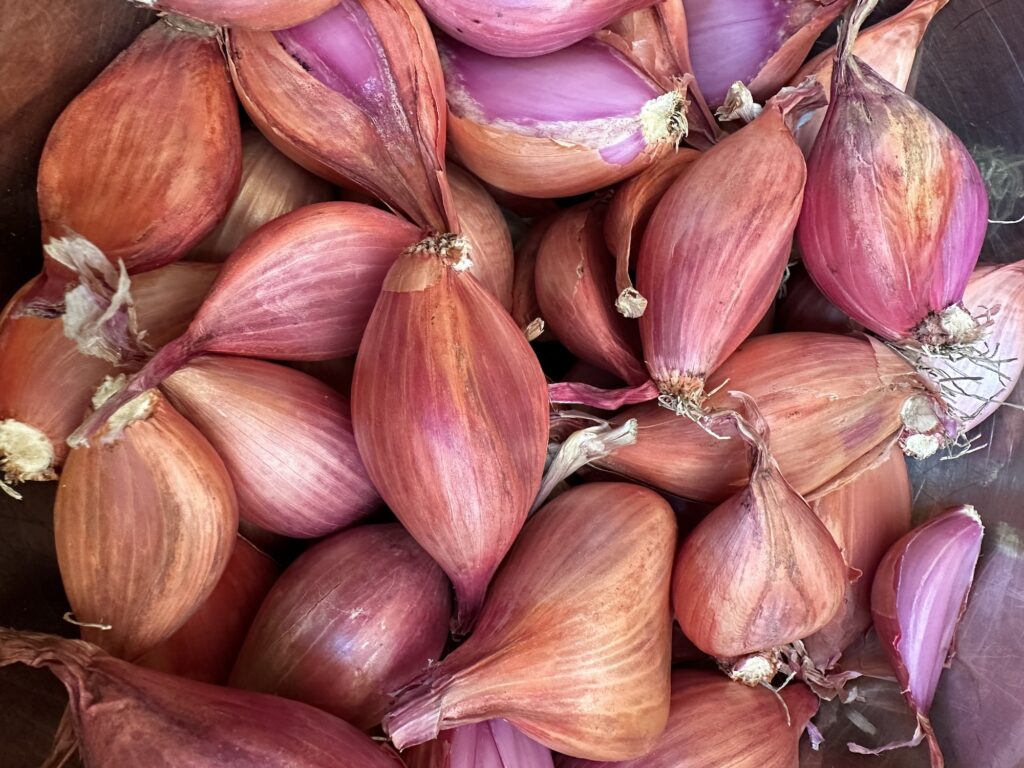
Hardneck vs. Softneck
You may have heard that garlic comes in what are called hardneck and softneck varieties. “Hardneck” refers to a hard center stalk that grows up through the bulb. Hardneck varieties are usually stronger in flavor with large cloves, numbering a dozen or fewer for each head. Softneck varieties have a softer center stalk with a milder flavor and many more yet smaller cloves. These also store well for up to 6 months, which is why these are the varieties you often see at supermarkets.

Much of the garlic found in supermarkets comes from Gilroy, California, the “Garlic Capital of the World.” While it’s totally possible to plant cloves of the garlic you buy at the supermarket, they’re likely suited to warmer growing conditions. That’s why it’s a good idea to buy planting garlic from a local garden center or farmers market for the best possible crop production for your area. Plus, farmers markets will have a wide range of different varieties, each with its distinct flavor profile. It’ll be a fun way to experiment!
A Note About Shallots
You won’t have to worry about hardneck or soft when it comes to shallots. However, you might want to consider growing heirloom versus hybrid varieties. Heirloom varieties tend to be smaller but more flavorful. Hybrids are larger but with less of the traditional shallot flavor. The variety ‘French Gray’ is considered the epitome of the traditional French shallot and is the preferred shallot in gourmet cooking. Try growing some of each type and see which you like best.
Whether it’s garlic or shallots, heirloom or hybrid, growing your own will be a flavorful experience. And planting them both in fall will ensure you have a more abundant harvest next summer.

